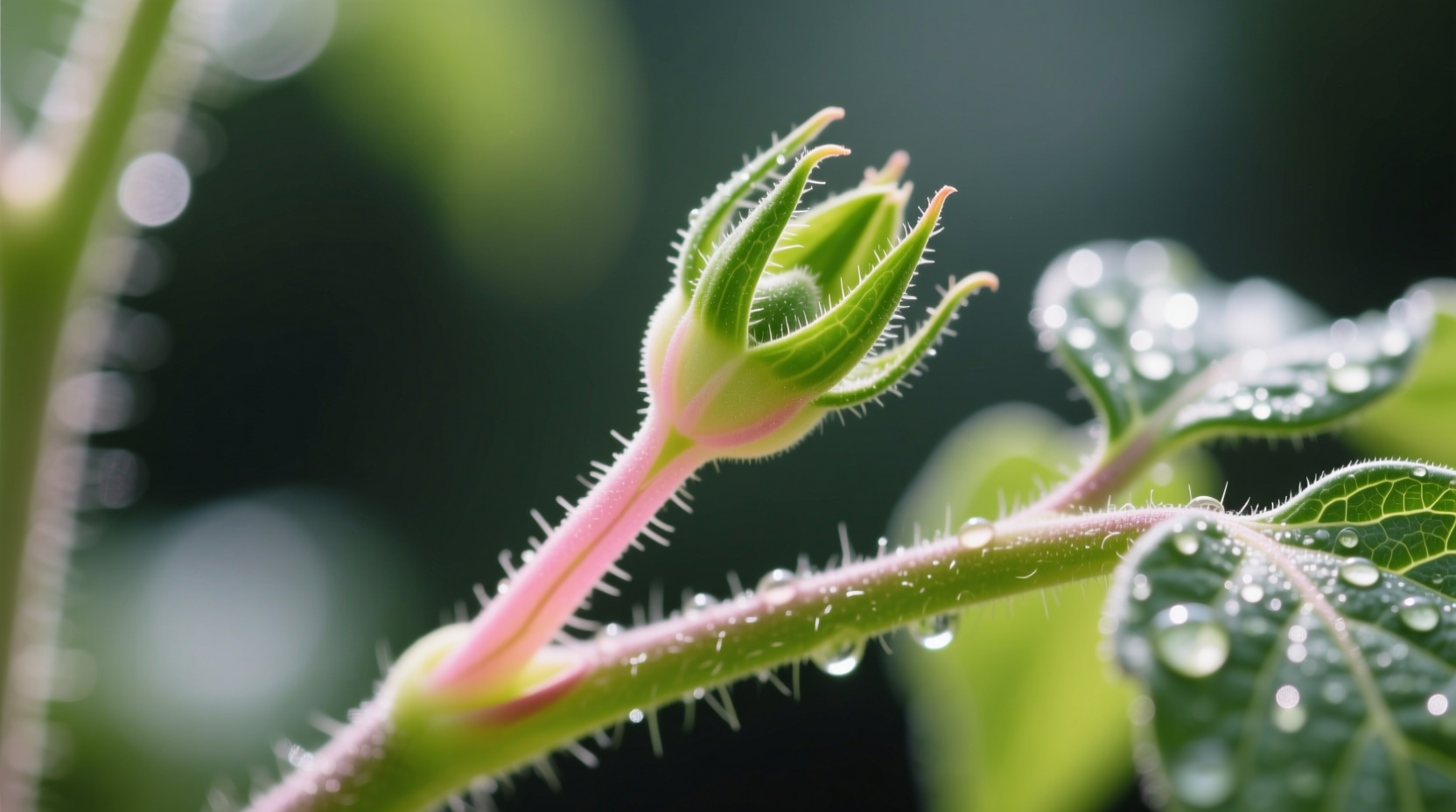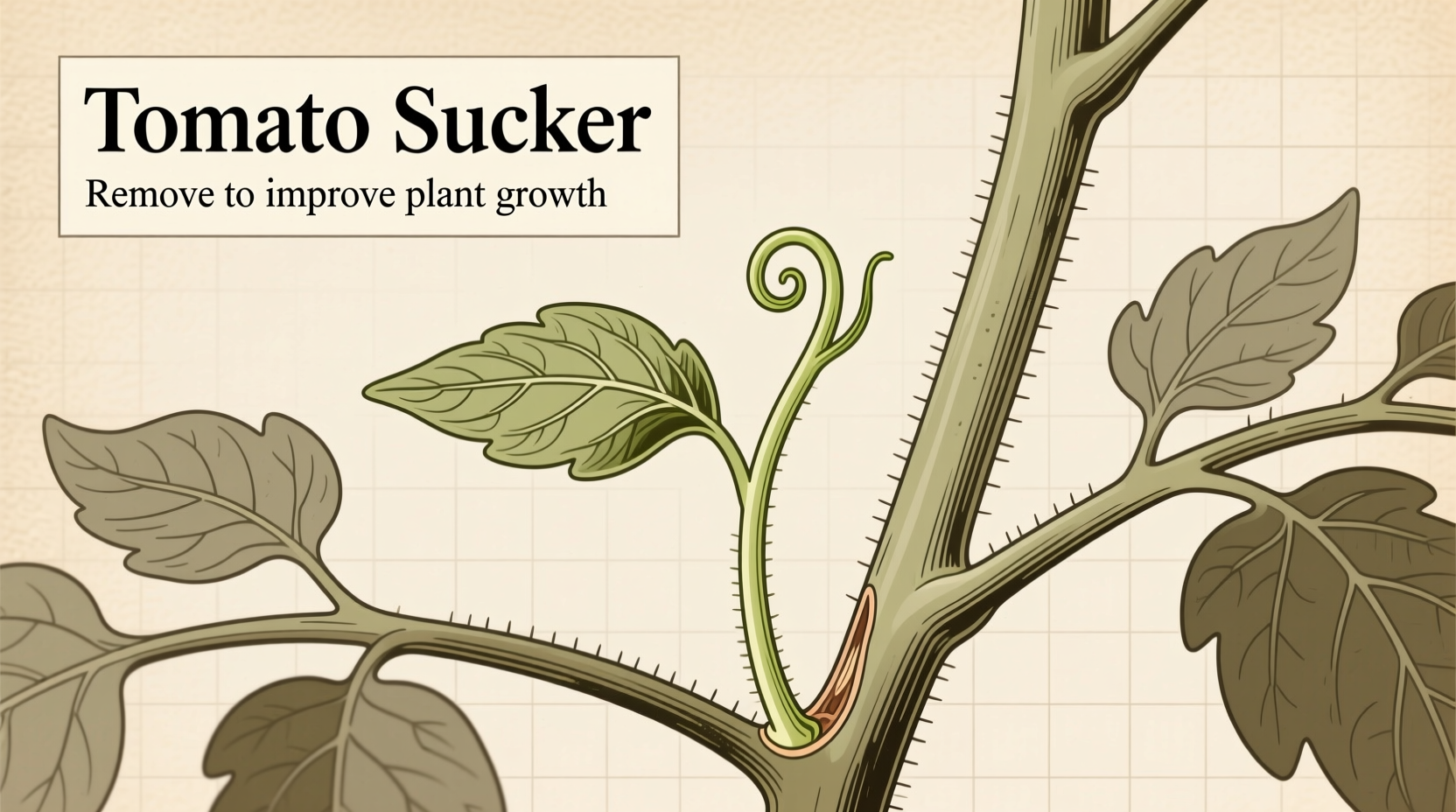If you've ever wondered why your tomato plants aren't producing as many fruits as expected, understanding tomato suckers could be the key to unlocking better harvests. These seemingly innocent growths significantly impact your plant's energy distribution, fruit size, and overall productivity. Whether you're a beginner gardener or have been growing tomatoes for years, properly managing suckers can transform your results.
Why Tomato Suckers Matter for Your Garden
Tomato suckers aren't inherently bad—they're simply the plant's natural growth pattern. However, when left unmanaged, they create competing branches that divert energy from fruit production to unnecessary foliage. This results in:
- Smaller overall fruit size
- Delayed ripening of tomatoes
- Increased disease susceptibility due to dense foliage
- Potentially lower total yield despite more branches
Understanding how to identify tomato suckers and when to address them separates average gardeners from those who consistently harvest abundant, high-quality tomatoes.
Visual Identification: Spotting Suckers on Your Plants

Look for tomato suckers in the axil—the V-shaped junction where a leaf stem meets the main plant stem. They appear as small, new growth emerging from this point, typically forming a miniature version of the main plant with its own set of leaves.
Early identification is crucial. Young suckers are soft and flexible, making them easy to remove with minimal damage to the plant. As they mature, they develop woody tissue and become more difficult to remove without creating significant wounds that could invite disease.
The Science Behind Tomato Sucker Development
Tomato suckers originate from axillary buds, which are dormant growth points present at each leaf node. When conditions are right, these buds activate and begin developing into full branches. This is the plant's natural survival mechanism—creating multiple potential fruiting structures to ensure reproduction.
From a botanical perspective, tomato plants follow a sympodial growth pattern, meaning they grow in a series of determinate segments rather than one continuously extending stem. Suckers represent alternative growth pathways that the plant could follow if the main stem becomes damaged.
When and How to Manage Tomato Suckers
The decision to remove tomato suckers depends on your gardening goals and the variety you're growing. Here's a practical timeline for effective management:
| Growth Stage | Recommended Action | Rationale |
|---|---|---|
| Early season (first flowering) | Begin monitoring for suckers | Early intervention prevents excessive energy diversion |
| Active growth phase | Remove suckers when 2-4 inches long | Optimal size for clean removal with minimal plant stress |
| Late season (3-4 weeks before frost) | Top plants and allow final fruit set | Redirects energy to ripening existing fruit rather than new growth |
Determinate vs. Indeterminate Varieties: Different Approaches
Understanding your tomato variety is essential for proper sucker management. The two main types require distinctly different approaches:
| Characteristic | Determinate Tomatoes | Indeterminate Tomatoes |
|---|---|---|
| Growth Habit | Bush-type, compact growth | Vining, continuous growth |
| Sucker Management | Minimal pruning needed | Regular sucker removal recommended |
| Reason | Naturally stop growing at certain height | Will continue growing indefinitely without intervention |
| Yield Pattern | Single large harvest | Continuous production throughout season |
According to research from the University of California Agriculture and Natural Resources, indeterminate varieties benefit significantly from strategic pruning, while determinate types generally perform better with minimal intervention. This distinction explains why many beginner gardeners experience disappointing results—they're applying the same pruning techniques to all tomato varieties.
Proper Sucker Removal Technique
When removing tomato suckers, follow these steps for optimal plant health:
- Identify the sucker (look for new growth in leaf axils)
- Wait until it's 2-4 inches long for easiest removal
- Use your thumb and forefinger to gently bend the sucker back and forth
- Continue bending until it snaps cleanly from the main stem
- For larger suckers, use clean, sharp pruners to make a clean cut
The University of Minnesota Extension recommends performing this task in the morning when plants are well-hydrated and less prone to stress. Always work from the bottom up to prevent spreading potential diseases.
Common Sucker Management Mistakes
Even experienced gardeners sometimes make these critical errors when dealing with tomato suckers:
- Over-pruning: Removing too many leaves along with suckers, which reduces photosynthesis capacity
- Waiting too long: Allowing suckers to grow large before removal, creating significant wounds
- Misidentification: Removing the main growing tip instead of a sucker
- Using dirty tools: Spreading diseases between plants during pruning
- Ignoring variety differences: Applying indeterminate pruning techniques to determinate varieties
Research from Cornell University's College of Agriculture and Life Sciences shows that moderate pruning of indeterminate varieties typically increases fruit size by 15-20% while maintaining overall yield, but excessive pruning can reduce total production by up to 30%.
When Not to Remove Tomato Suckers
While sucker removal benefits many tomato plants, there are specific situations where it's better to leave them:
- Container gardening with limited space: Suckers can provide additional fruiting branches without excessive height
- Hot, sunny climates: Extra foliage provides necessary shade to prevent sunscald on fruits
- Late in the season: When plants need maximum photosynthetic capacity to ripen existing fruit
- Determinate varieties: These naturally stop growing and don't benefit from pruning
The context boundaries for sucker management depend on your specific growing conditions. As noted by horticulturists at Texas A&M AgriLife Extension, "the decision to prune should be based on your local climate, soil conditions, and specific variety characteristics" rather than applying a one-size-fits-all approach.
Advanced Sucker Management Strategies
For gardeners seeking maximum productivity, consider these advanced techniques:
- Single-stem training: Remove all suckers to create one main stem with concentrated fruit production
- Two-stem training: Allow one primary sucker to develop into a second main stem for increased yield
- Missouri pruning: Pinch only the tip of the sucker, leaving 2-3 leaves to maintain photosynthetic capacity
- Seasonal adjustment: More aggressive pruning early in the season, less as harvest approaches
These methods require careful observation of your plants' response and adjustment based on growth patterns and environmental conditions. Remember that tomato plants are remarkably adaptable, and the best approach often emerges through careful observation of your specific plants.











 浙公网安备
33010002000092号
浙公网安备
33010002000092号 浙B2-20120091-4
浙B2-20120091-4